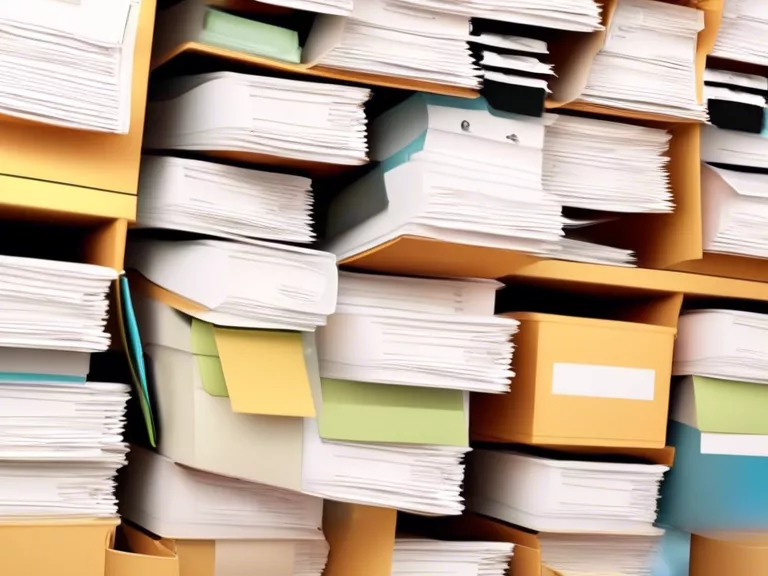
How to Organize Files and Folders Efficiently with File Management Software
In today's digital age, the amount of data and files we accumulate can quickly become overwhelming if not properly organized. File management software is a powerful tool that can help individuals and businesses effectively manage their files and folders, making it easier to find and access information when needed. In this article, we will explore some tips on how to organize files and folders efficiently using file management software.
1. Choose the Right Software: Before diving into organizing your files, it's important to select the right file management software that suits your needs. Popular options like Dropbox, Google Drive, and Microsoft OneDrive offer various features such as file syncing, cloud storage, and collaboration tools.
2. Create a Logical Folder Structure: A well-organized folder structure is key to efficient file management. Start by creating main folders for different categories or projects, and then create subfolders as needed for further organization. This will make it easier to navigate through your files and locate specific documents.
3. Use Descriptive File Names: When saving files, use descriptive and consistent file names that clearly indicate the content of the document. Avoid using generic names like "document1" or "final version" as these can quickly become confusing.
4. Utilize Tags and Metadata: File management software often allows users to add tags and metadata to files, making it easier to search for specific documents based on keywords or categories. Take advantage of these features to enhance the organization of your files.
5. Regularly Clean Up and Archive Files: To prevent clutter and confusion, it's important to regularly review and clean up your files. Delete any unnecessary documents, archive older files that are no longer needed for daily tasks, and ensure that your folder structure remains up-to-date.
By following these tips and utilizing file management software effectively, you can streamline your workflow, improve productivity, and ensure that your files and folders are organized in a way that best suits your needs.



